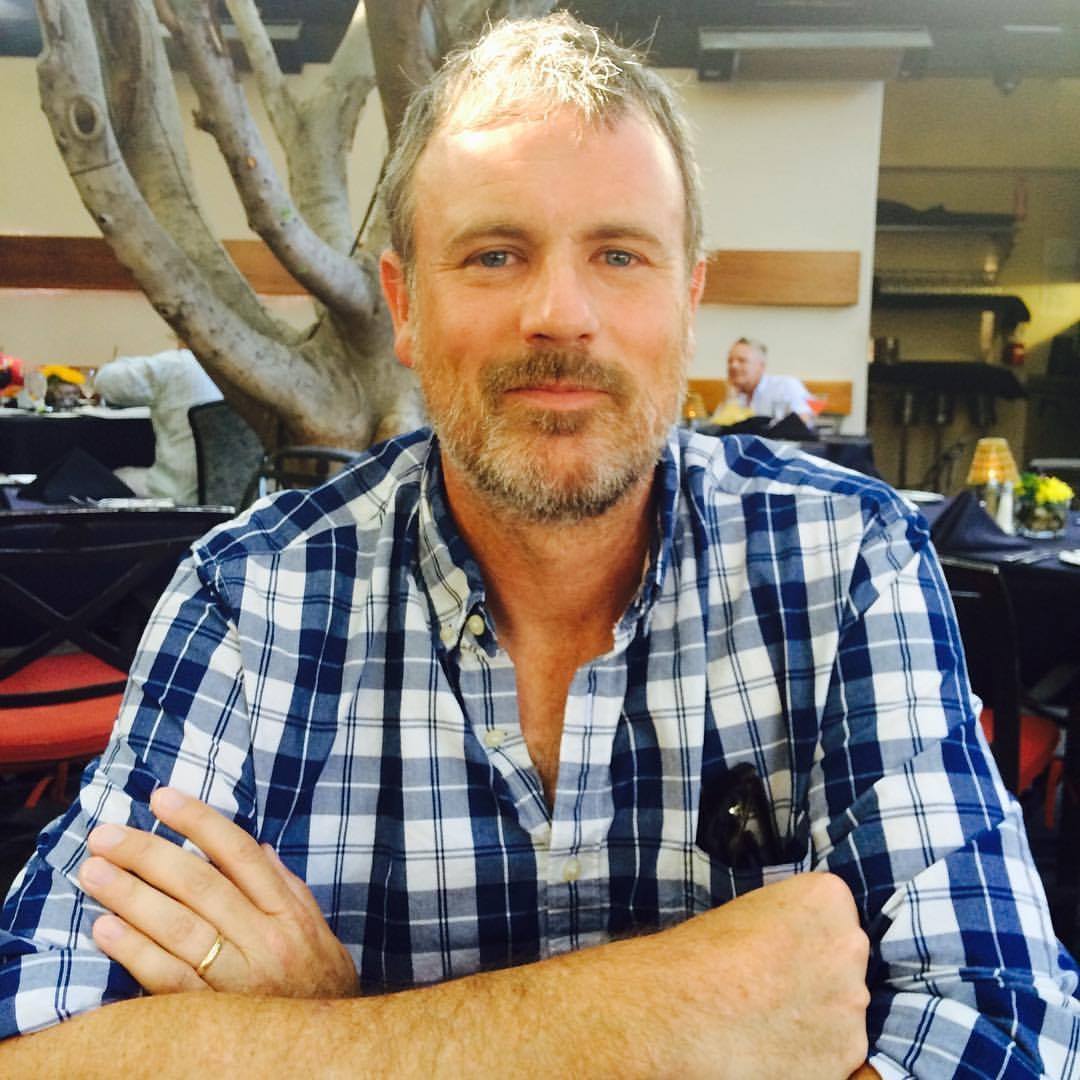photo by Keith MayA half-mile from the Pacific, Huntington Beach's Edison High School is caressed by an ocean breeze. It must seem an ideal location to most of the school's 2,300 students, many of whom live nearby. But a short distance upwind is something few, if any, of the students have actually seen: a volatile hazardous dumpsite that state officials would like to move but say they can't.
The sprawling Ascon-Nesi Hazardous Waste Site operated in a gray area of the law from the 1920s until 1984, collecting oil-industry waste and building debris. It contains three 25-foot-deep oil lagoons and a now-covered styrene pit responsible for numerous complaints and costly Air Quality Management District citations in the 1980s and early 1990s.
“Because we're only 100 yards away, the prevailing breeze comes right across the dump from the ocean to our school,” said Edison High School principal Brian Garland. “You don't want to jump to conclusions, but it would certainly be nice to know if there are any dangerous carcinogens coming in off that dump and blowing into this school.”
State school-safety officials admit that they have little idea exactly how many carcinogens and lethal compounds exist in those lagoons. But this much is certain: Ascon-Nesi is so hazardous that the California Department of Toxic Substances Control (DTSC), which is responsible for ensuring environmental safety at the state's 8,331 schools, asserts there is no safe way to remove the contents of those lagoons without jeopardizing the safety of the surrounding community—including Edison High School.
Previous cleanup plans called for the removal of upward of 250,000 cubic yards of toxic sludge—enough goo to fill 12,500 waste-disposal trucks at 4,000 gallons each in a convoy 70 miles long. Officials now hope to use new cleanup technology to treat the waste on-site. They say they'll use heavy cleaning equipment and then pump the waste back into the soil and bury it for posterity.
There's every reason to speed that process. In 1993, after days of heavy rain, the dumpsite's three exposed lagoons overflowed their barriers and flooded onto Magnolia Boulevard. Hazardous-material crews hosed the spill into local storm drains; from there, the waste flowed into the ocean. Officials declared their efforts a success but acknowledged that the leak contaminated local ground water.
Two years ago, a Weekly reporter visited the site (see “How Not to Run a Toxic Waste Dump,” Aug. 1, 1997). Although protected by several decrepit signs reading, “Hazardous Waste—No Trespassing,” the site was accessible through a large hole in the chainlink fence. Obvious signs of intruders lay everywhere: rusting children's bicycles, cigarette butts, beer bottles, a discarded mattress.
Garland figures he's the only school official who has been invited to step inside the dumpsite. “I took a walk through there, and I tell you, it really got my attention,” he said. “It was so environmentally rotten. It went beyond the pale of just being a dump.”
Garland said he has taught at the school and lived nearby for 30 years and knows of no negative health effects among his students or faculty that could be tied to the dump. But by his estimate, three teachers—all in their 50s—have died from cancer under his watch. “If anybody should have a maximum dose of what's coming across there, it should be me,” Garland added. “I've had a heart attack and heart bypass surgery, but I can't say it's the dump that did it.”
A recent California state law prevents schools from being built within 1,000 feet of a landfill or hazardous-waste dump. But the safety of Edison High School's students is hardly DTSC's only concern. Elsewhere in Southern California, the agency is investigating 22 school sites for environmental hazards, including schools in Oxnard, Huntington Park and Southgate. Like Edison, they're located near hazardous-waste dumps.
In 1997, DTSC official Hassoum Salloum told the Weekly there were no state funds available to help clean Ascon-Nesi, which is expected to cost $20 million. The financial burden has thus fallen to the site's owner, Signal Mortgage Co. Signal hopes to develop the property with apartments and condominiums to help offset cleanup costs. The company has hired environmental consultants California/ Nevada Developments LLC to help supervise the latest cleanup plans.
Preliminary testing of Ascon-Nesi's oil lagoons, originally to be completed years ago, stalled when the site's previous owner went bankrupt. Those tests have just been finished, but results have yet to be fully analyzed. In a few weeks, the final cleanup plan will be submitted for review by the DTSC, which should issue its approval by the end of January.

Award-winning investigative journalist Nick Schou is Editor of OC Weekly. He is the author of Kill the Messenger: How the CIA’s Crack Cocaine Controversy Destroyed Journalist Gary Webb (Nation Books 2006), which provided the basis for the 2014 Focus Features release starring Jeremy Renner and the L.A. Times-bestseller Orange Sunshine: The Brotherhood of Eternal Love’s Quest to bring Peace, Love and Acid to the World, (Thomas Dunne 2009). He is also the author of The Weed Runners (2013) and Spooked: How the CIA Manipulates the Media and Hoodwinks Hollywood (2016).


I’m in love with the cbd products and https://organicbodyessentials.com/products/cbd-gummies-750mg ! The serum gave my peel a youthful rise, and the lip balm kept my lips hydrated all day. Meaningful I’m using unsullied, bona fide products makes me quality great. These are infrequently my must-haves for a saucy and nourished look!